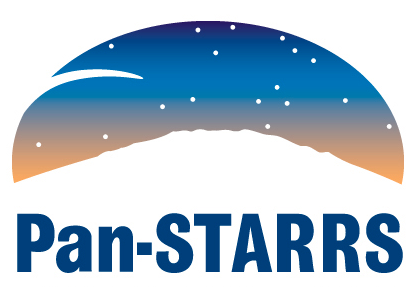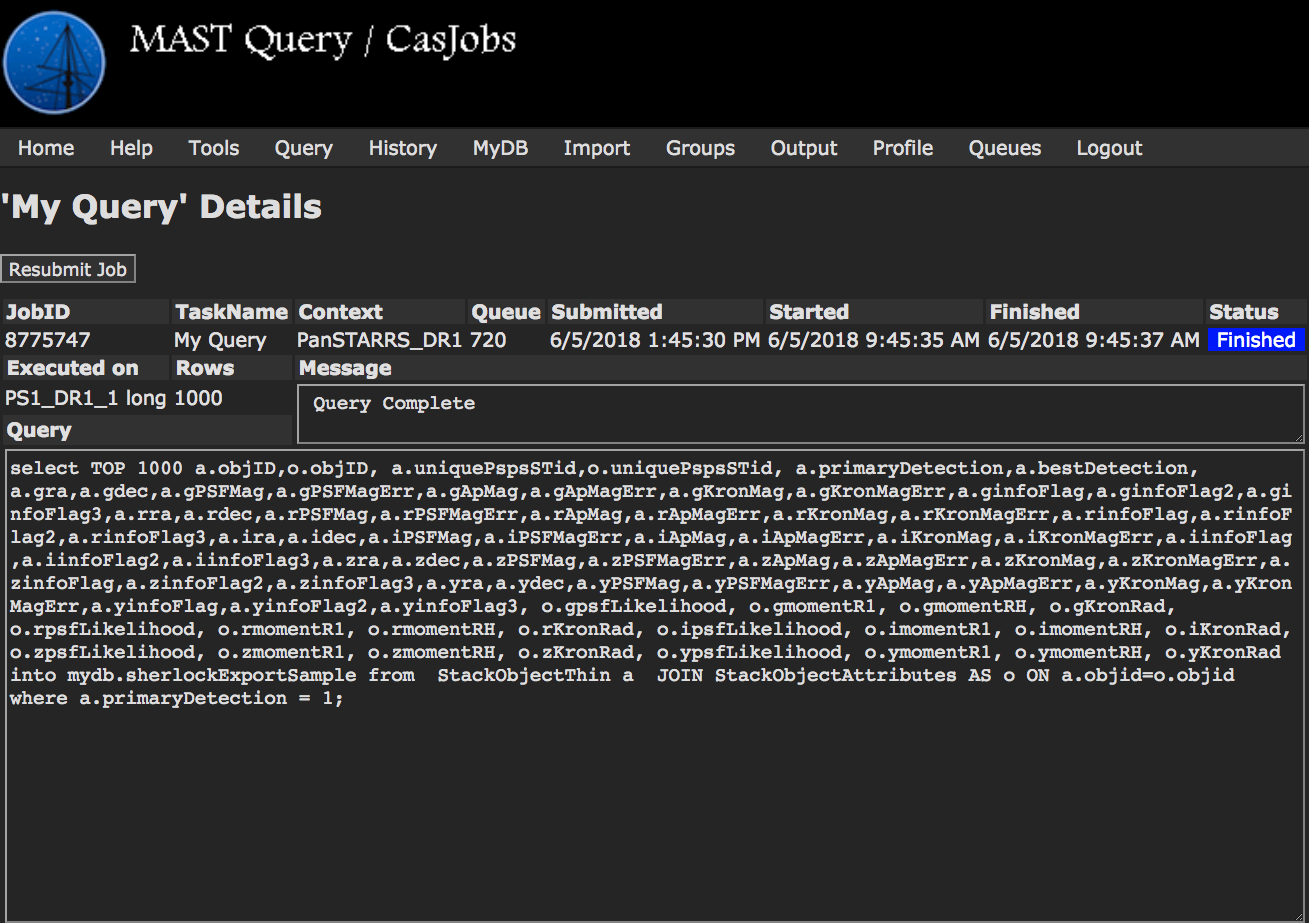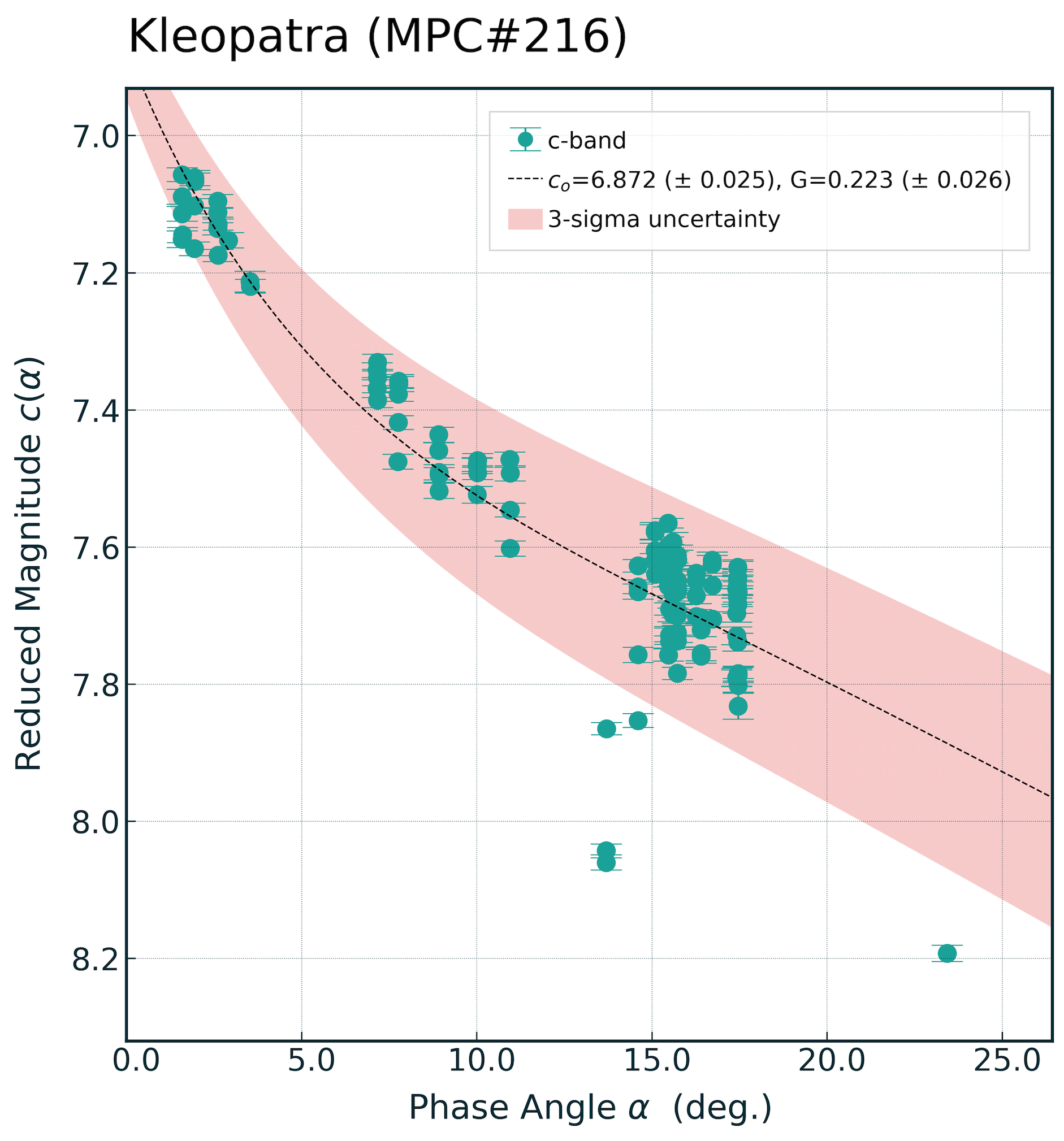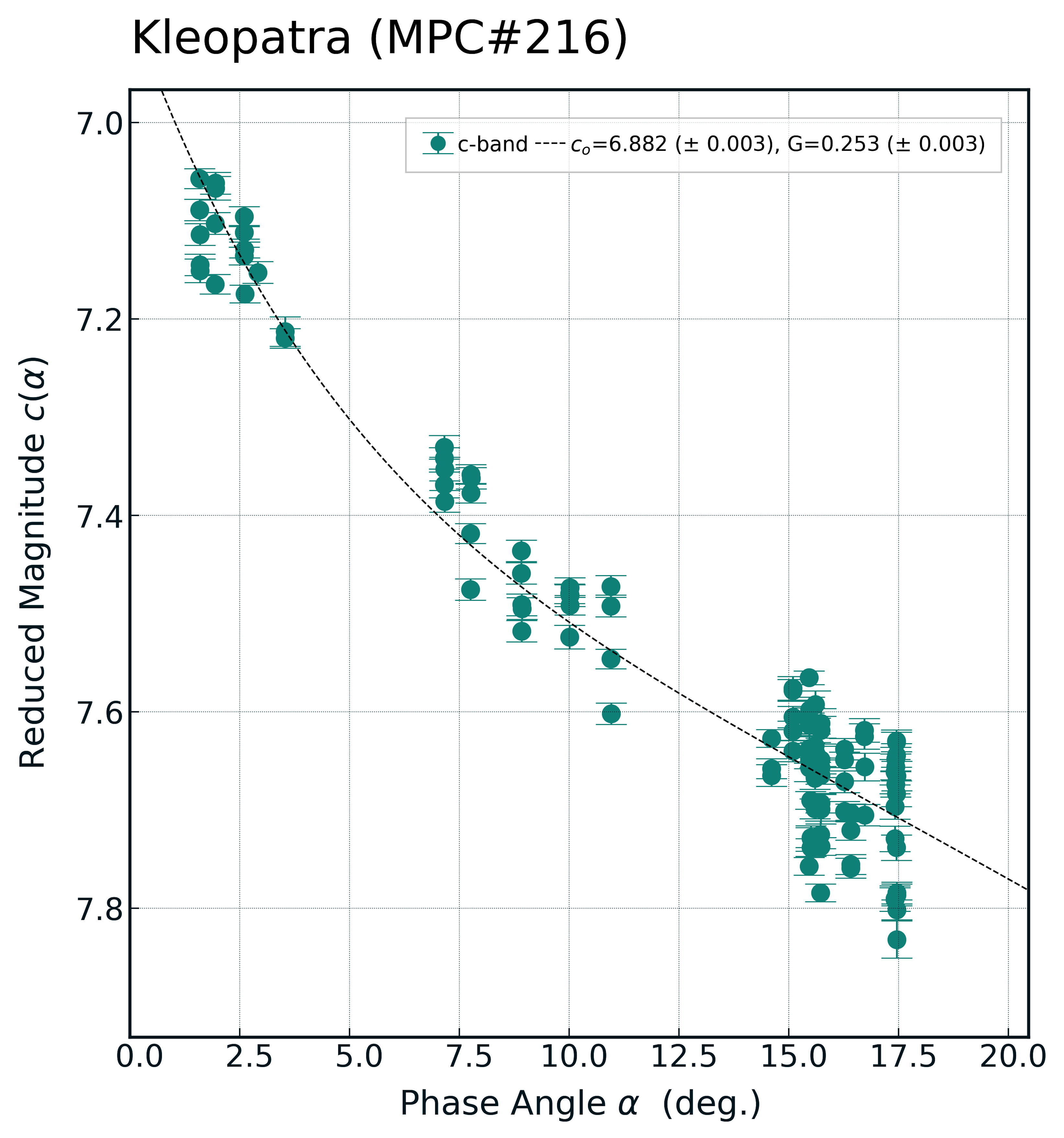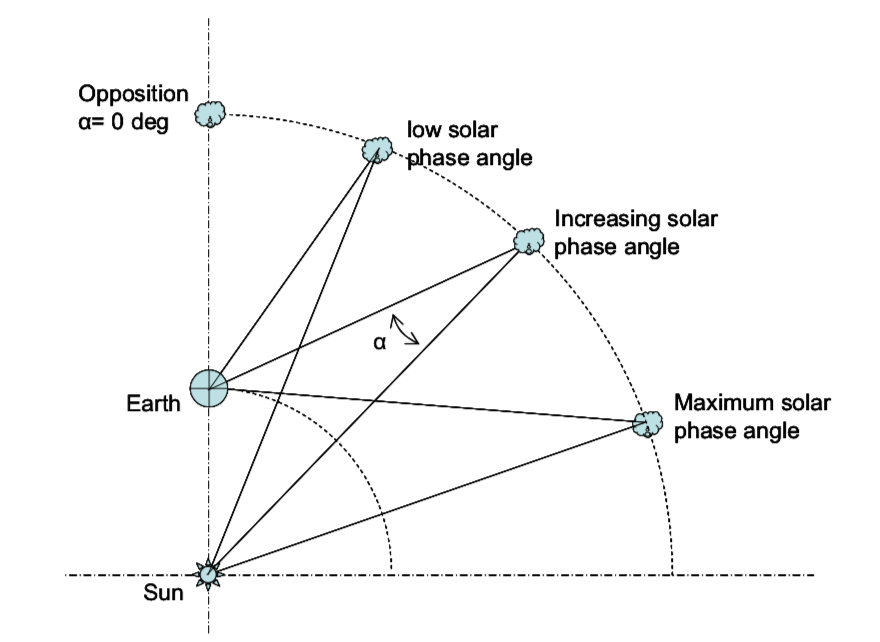The reported errors in the ATLAS phase-curve fits appear to be coming out way too small. I’m calculating them as the square-root of the diagonals of the resulting co-variance matrix returned by scipy’s curve_fit.
perr = np.sqrt(np.diag(pcov))
Here’s what the covariance matrix looks like for Kleopatra:
[
[ 0.00066722 0.00066133]
[ 0.00066133 0.00073213]
]
Taking the sqrt of the diagonals gives the
\(1\sigma\) errors in
G and
H:
\(G_{err} = \sqrt{0.00066722}= 0.0258\),
and
\(H_{err} = \sqrt{0.00073213}= 0.0271\)
…
